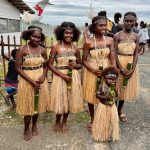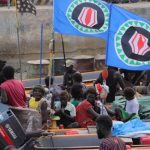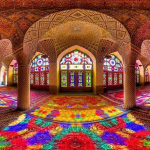Since the 1990s, North Korea has periodically attempted to bolster its economy through the creation of special economic zones (SEZs). These zones are designed to attract foreign investment and foster economic growth by offering a more flexible business environment.
However, outside of those established in cooperation with South Korea, North Korean SEZs have largely struggled to meet their goals. The closure of South Korea’s SEZs, the impact of international sanctions, and the global pandemic have all contributed to the slowdown in the development of North Korean SEZs.
For a country like North Korea, SEZs represent an opportunity to experiment with economic reforms while maintaining control over the broader economy. These zones allow businesses to operate under different rules than the rest of the country, making them attractive to foreign investors. They also provide a controlled environment for North Korea to gain new skills, technology, and economic practices, without exposing the wider population to external influences.
History of North Korean SEZs
North Korea’s interest in special economic zones dates back to the 1980s. The idea of “open cities” was first mentioned by Kim Il-sung in 1984, and the concept was further explored during a 1983 visit by Kim Jong Il to China. The first attempt to develop a North Korean SEZ occurred in 1991 with the establishment of the Rajin-Sonbong Free Economic and Trade Zone (later known as the Rason Economic and Trade Zone). Since then, North Korea has established over 27 SEZs, though many have faced challenges in attracting foreign investment.
North Korean SEZs can generally be divided into two categories: those developed before Kim Jong Un’s leadership (with foreign cooperation) and those created under his leadership, which are North Korean initiatives without foreign partners.
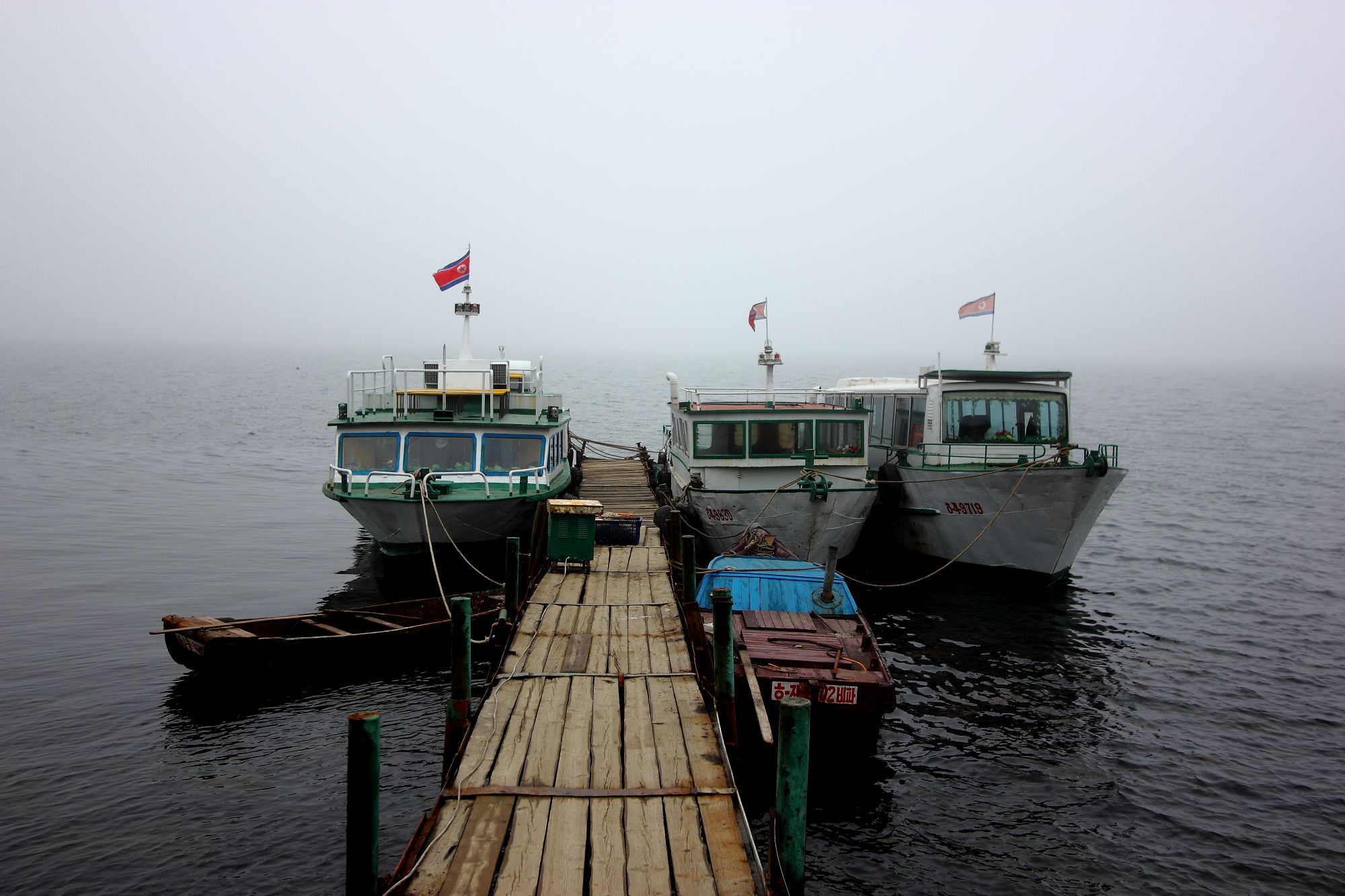
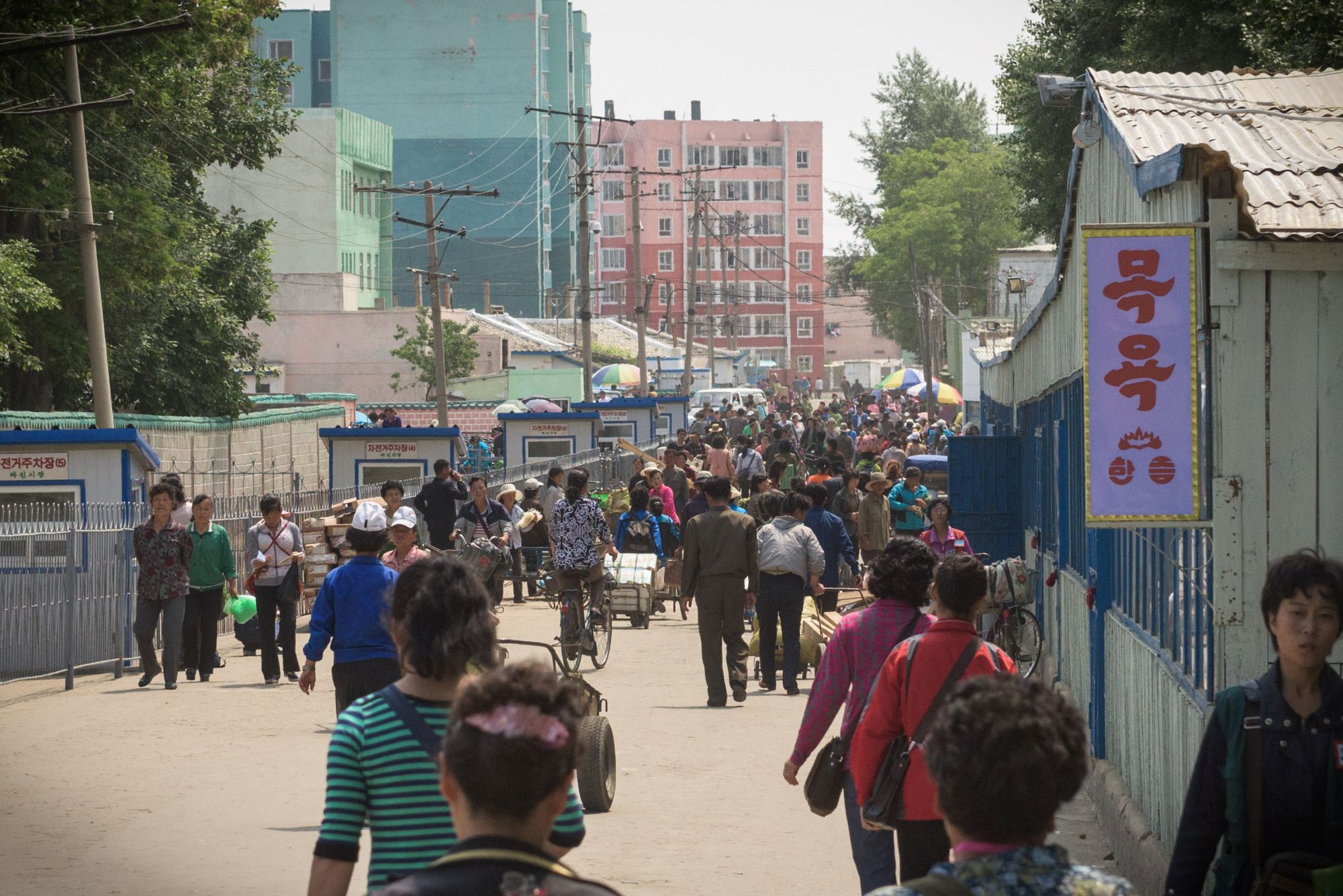
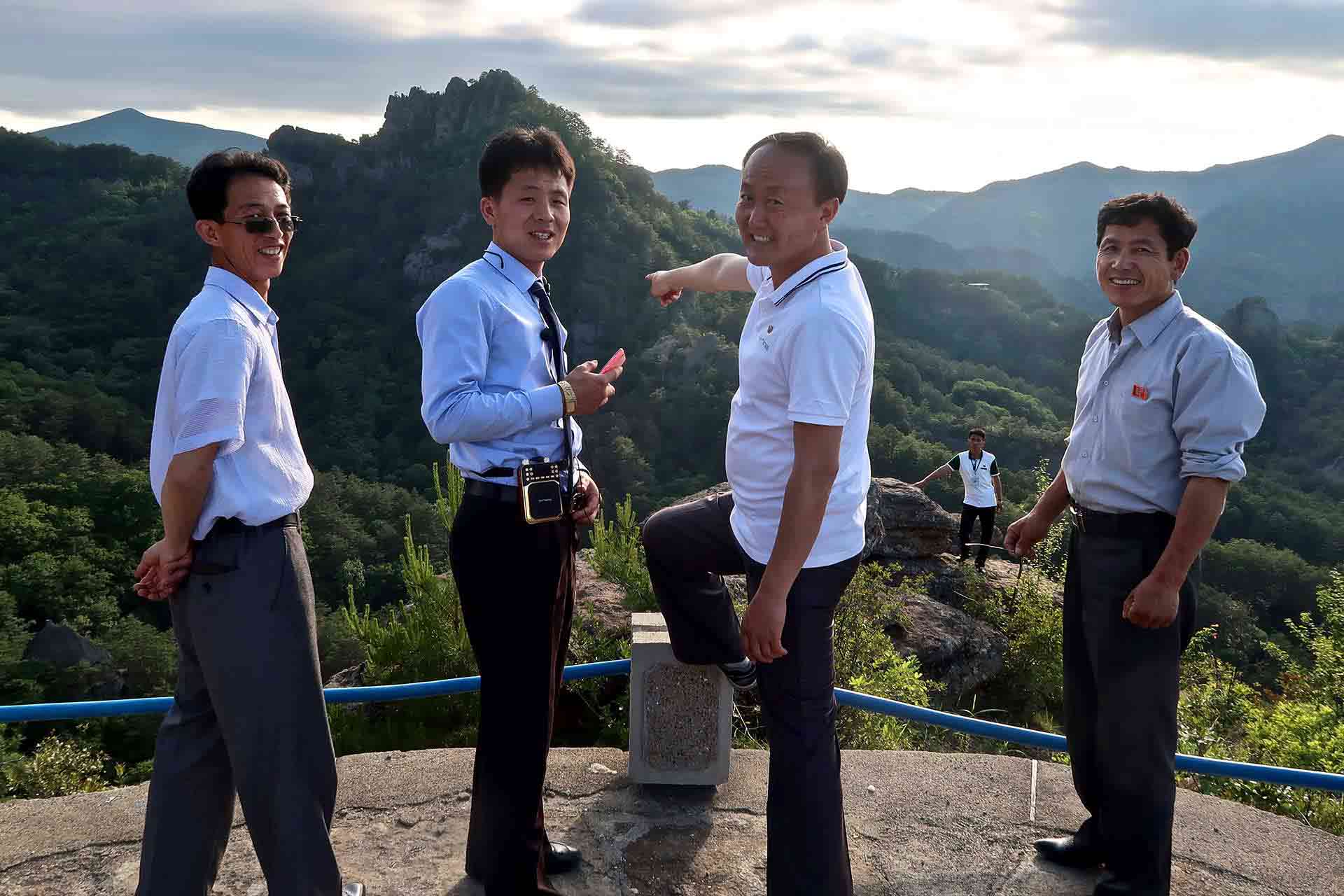
North Korea’s Initial SEZs
The first significant North Korean SEZ, Rason, was established in 1991 in the far northeast of the country, near the borders with China and Russia. This zone was designed to offer an ice-free port, potentially linking China’s landlocked northeastern provinces to international shipping routes. Despite its strategic location, Rason attracted limited foreign investment, largely due to poor infrastructure and the region’s isolation.
In the late 1990s and early 2000s, North Korea continued to develop SEZs with support from China and South Korea. Notable zones included the Kaesong Industrial Complex and the Mount Kumgang Tourist Region. Kaesong, in particular, became the most successful of these zones, as it allowed South Korean companies to set up operations in North Korea, employing tens of thousands of North Koreans. However, Kaesong was closed in 2016 due to political tensions, and Mount Kumgang’s tourism operations were suspended after a tragic incident in 2008.
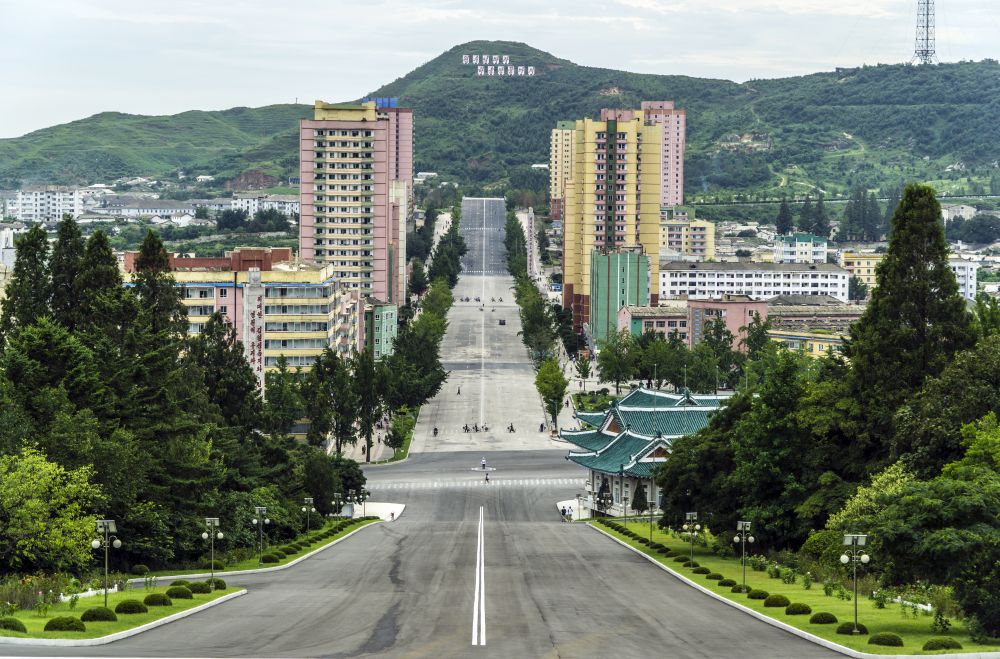
List of North Korean SEZs
Here is a list of some of the key North Korean SEZs that have been established over the years:
- Rason Economic and Trade Zone (established in 1991) – Located in the northeast, near China and Russia, this zone has attracted limited foreign investment due to infrastructure challenges.
- Kaesong Industrial Complex (established in 2004) – A joint venture with South Korea, it became North Korea’s largest SEZ until its closure in 2016.
- Mount Kumgang Tourist Region (established in 2002) – A tourism-focused zone, initially for South Korean tourists, which has faced numerous setbacks since 2008.
- Sinuiju International Economic Zone (established in 2002) – Located near the Yalu River, this zone has faced challenges due to political and legal issues. Click the link to read about Sinuiju.
- Hwanggumpyong and Wihwa Islands SEZ (announced in 2011) – Located on islands in the Yalu River, this zone has seen limited development. Click the link to read about this project
- Unjong High-Tech Zone (established under Kim Jong Un) – Focuses on high-tech industries and is affiliated with the State Academy of Sciences.
- Kangryong International Green Model Zone (established under Kim Jong Un) – A sustainable agricultural zone focusing on clean energy technologies.
- Wonsan-Mount Kumgang International Tourism Zone (established under Kim Jong Un) – A tourism-focused zone combining Mount Kumgang with other cultural sites in Kangwon Province.

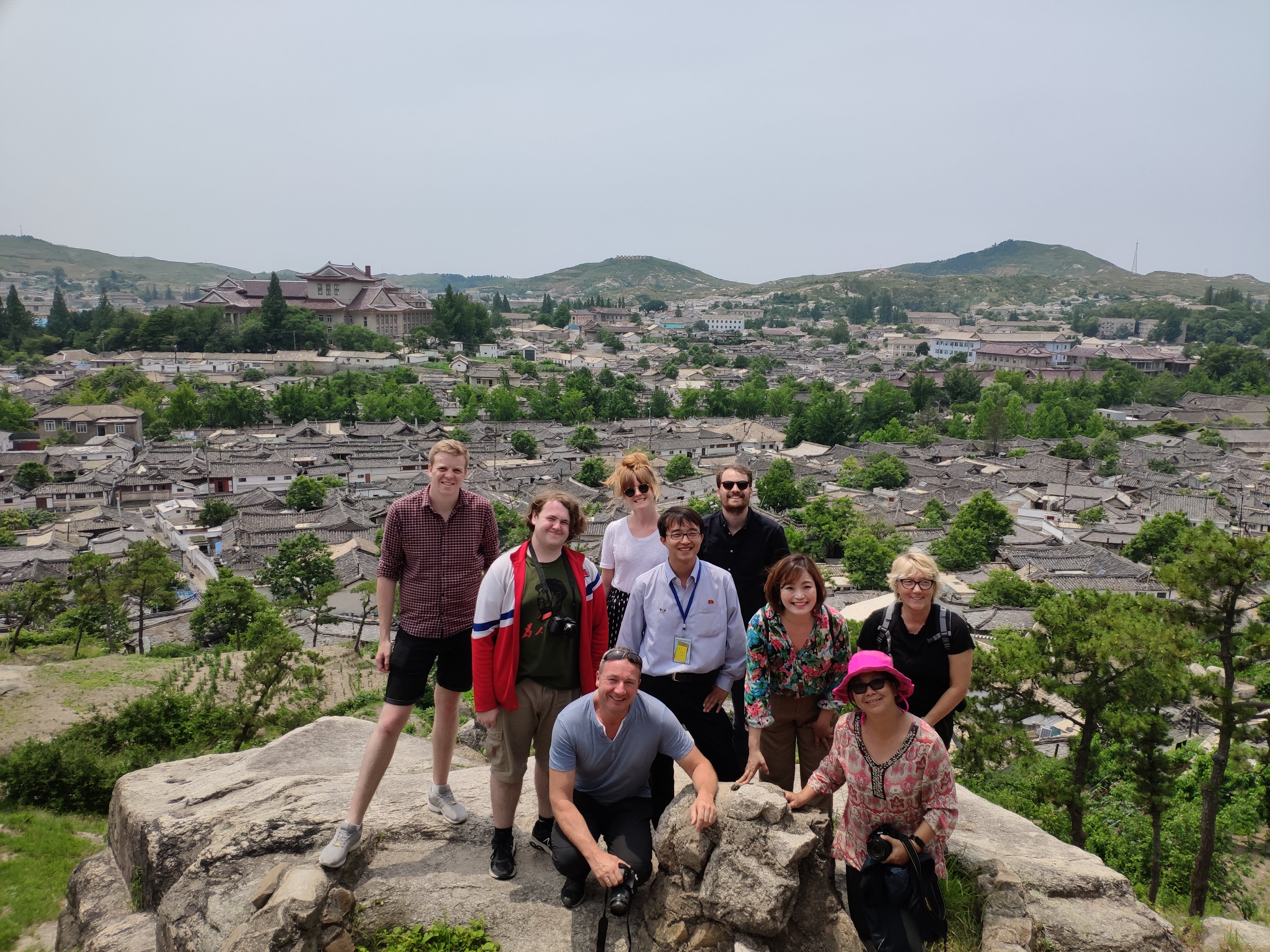
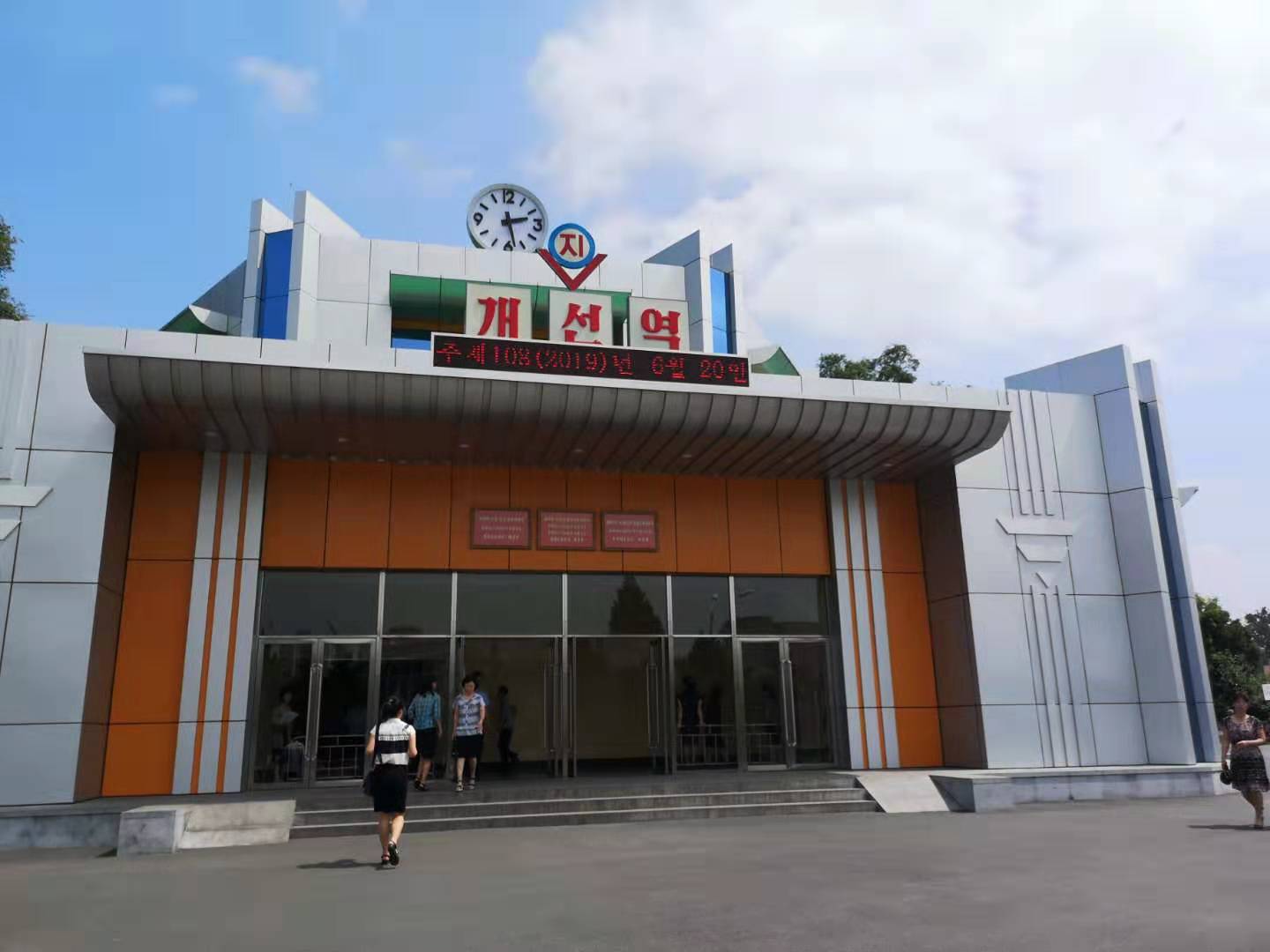
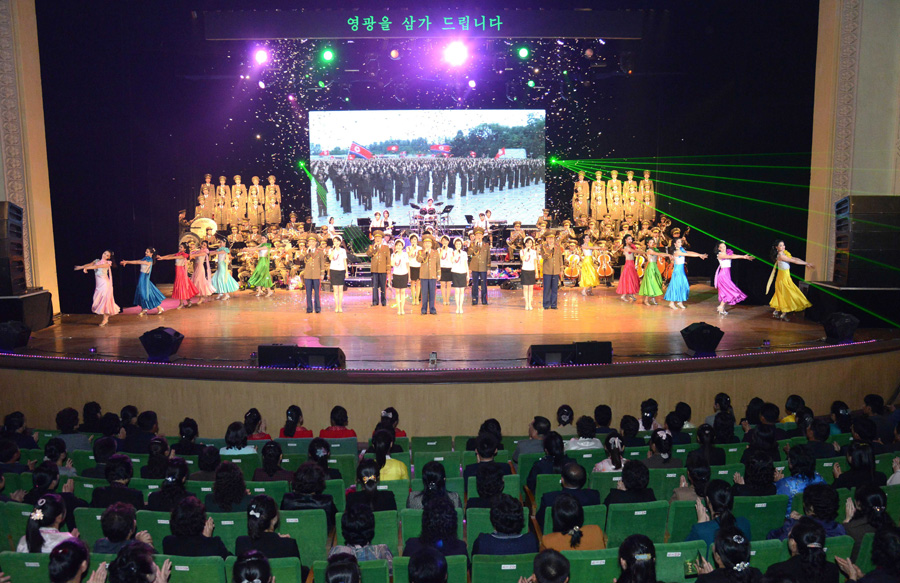
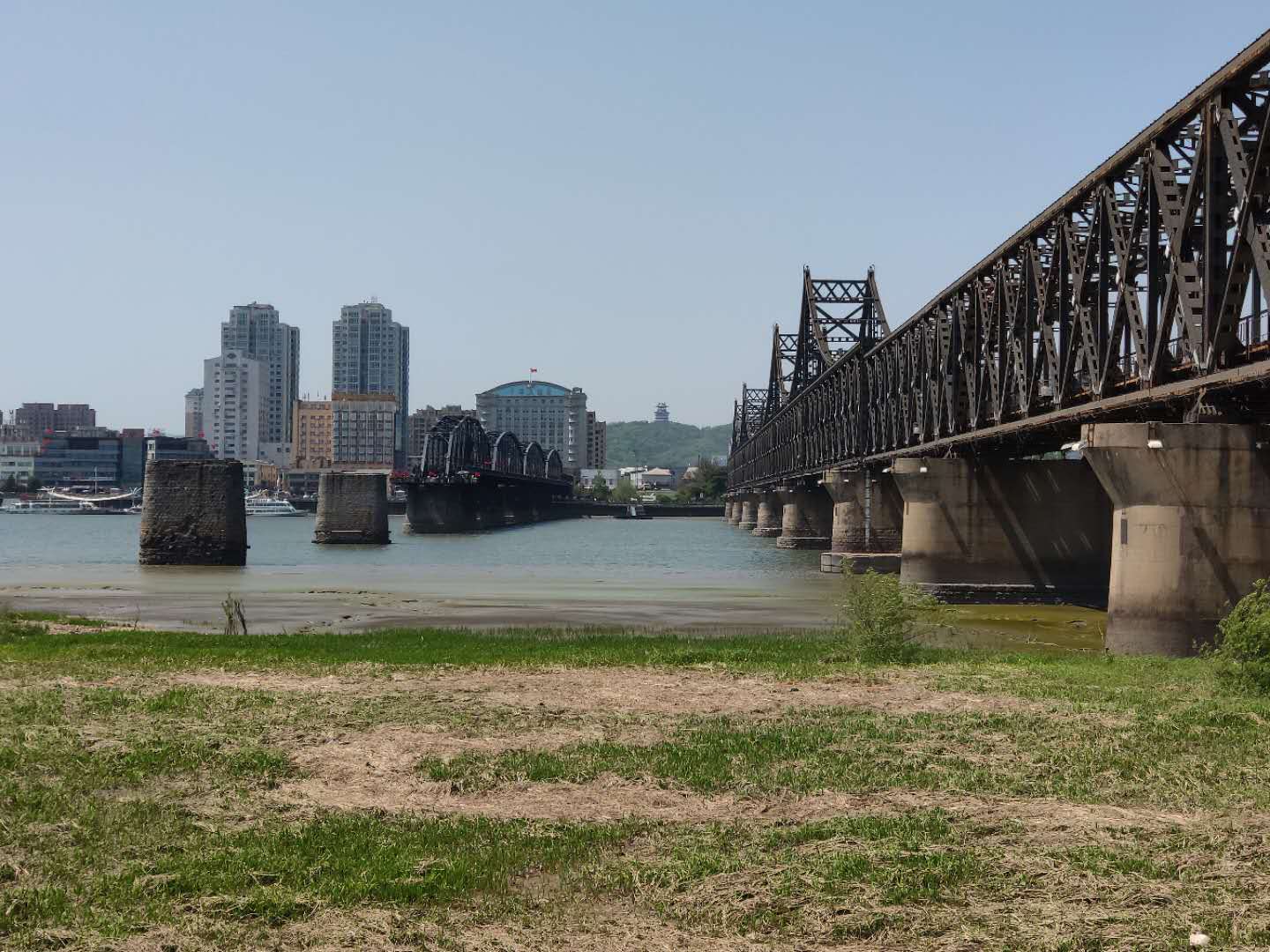
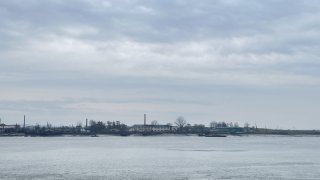
SEZs Under Kim Jong Un
Since Kim Jong Un came to power in 2011, North Korea has shifted its focus to developing SEZs that are purely domestic initiatives, often focusing on specific sectors such as agriculture, light industry, and tourism. These new zones have been less successful in attracting foreign investment compared to earlier zones, with many struggling to overcome the challenges posed by ongoing international sanctions.
One notable development under Kim Jong Un’s leadership is the Wonsan-Mount Kumgang International Tourism Zone, which aims to boost tourism by integrating various sites in Kangwon Province. Despite its potential, there is little evidence that North Korea’s newer SEZs have been able to attract significant foreign direct investment (FDI).
Sanctions and Challenges Facing North Korean SEZs
The development of North Korean SEZs has been significantly hampered by international sanctions. Since 2016, the United Nations has imposed a series of sanctions in response to North Korea’s nuclear weapons and missile tests. These sanctions have made it difficult for North Korea to engage in financial transactions and attract foreign investment, which are essential for the success of any SEZ.
In addition to UN sanctions, the United States and South Korea maintain their own sanctions on North Korea, further restricting the country’s ability to engage in international trade and investment. As a result, North Korean SEZs have struggled to attract the foreign companies needed to stimulate economic growth.
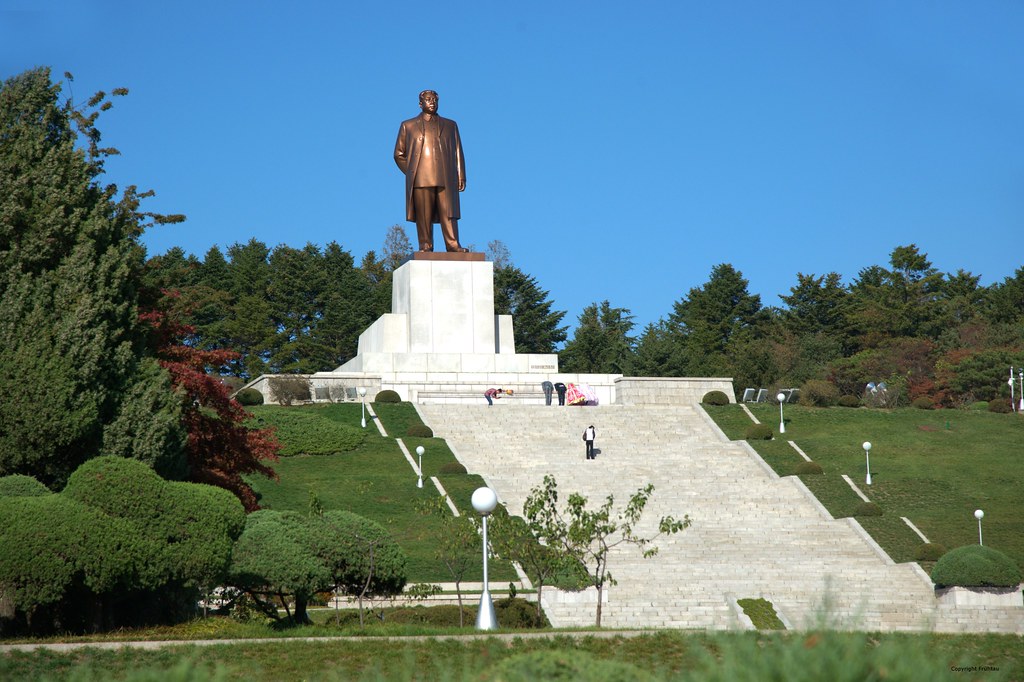
The Future of North Korean SEZs
Despite the challenges, there are still efforts to revive and develop North Korean SEZs. China has played a significant role in supporting the infrastructure development of zones like Rason, and there have been signs that North Korea may push forward with projects such as the Sinuiju International Economic Zone and the Hwanggumpyong and Wihwa Islands SEZ.
However, until the sanctions are lifted and the political climate stabilizes, the future of North Korean SEZs remains uncertain. While these zones may offer a glimpse into North Korea’s potential for economic reform, the lack of foreign investment and infrastructure development continues to be a major obstacle.
One glimmer of hope though could be with regards to Trump regaining power in the United States. Under his previous tenure relations between the two sides thawed to such a level that there were summits in Singapore and Vietnam. Had these succeeded Trump was adamant that economic aid would follow. Should things thaw again then investment through such zones might the modus operandi employed for US and other firms to employ foreign direct investment (FDI) into the DPRK.
Conclusion
North Korean SEZs have had a mixed track record over the years. While they have shown some promise as a means of attracting foreign investment and stimulating economic growth, the ongoing sanctions and political challenges have hindered their success. Nonetheless, the continued development of these zones, particularly under Kim Jong Un, reflects North Korea’s ongoing efforts to modernize its economy and integrate more with the global market.
Want to see some North Korean SEZs action? You can check out Rason, as well as our “mainland” North Korea Tours.



